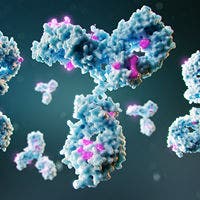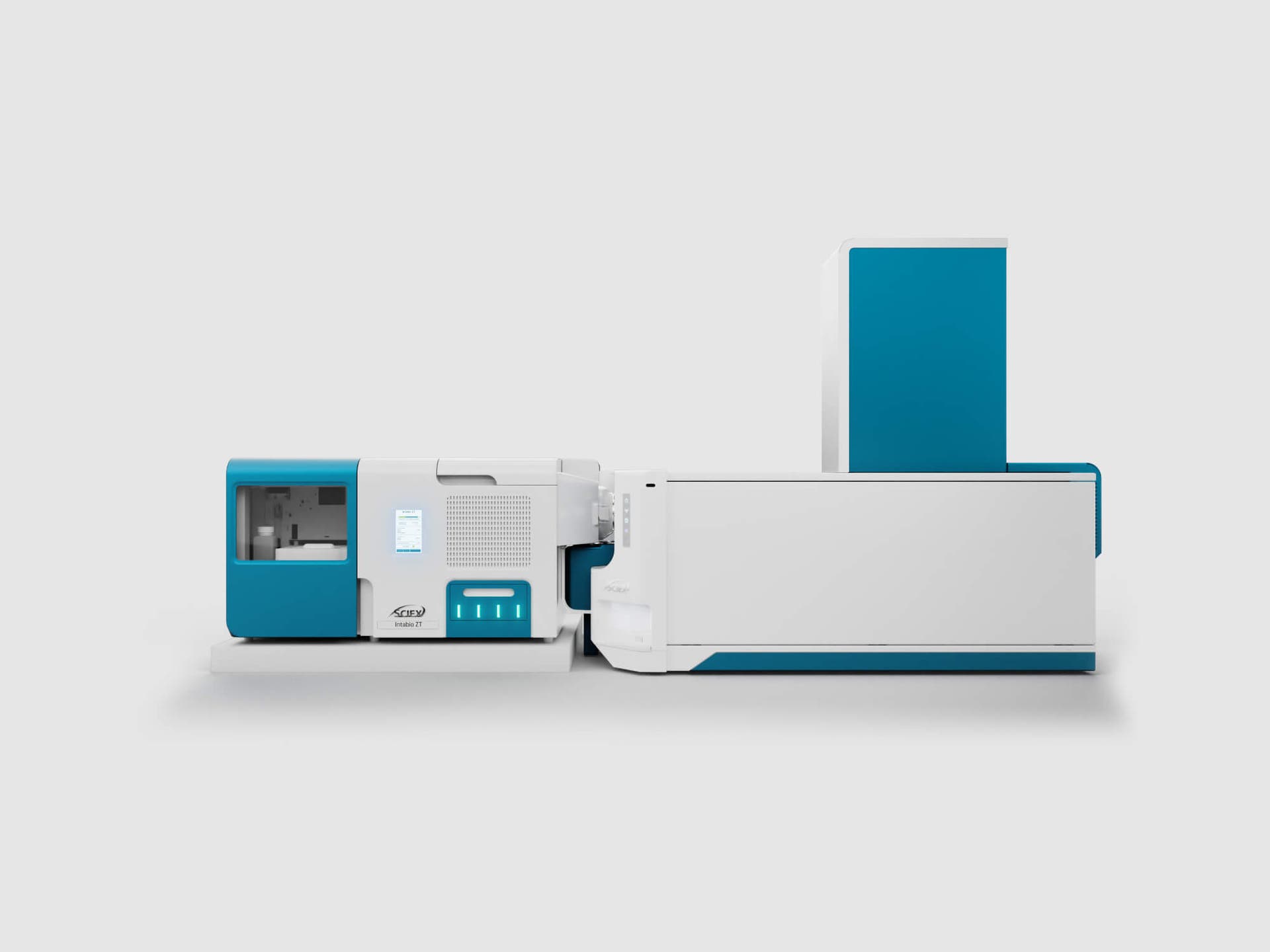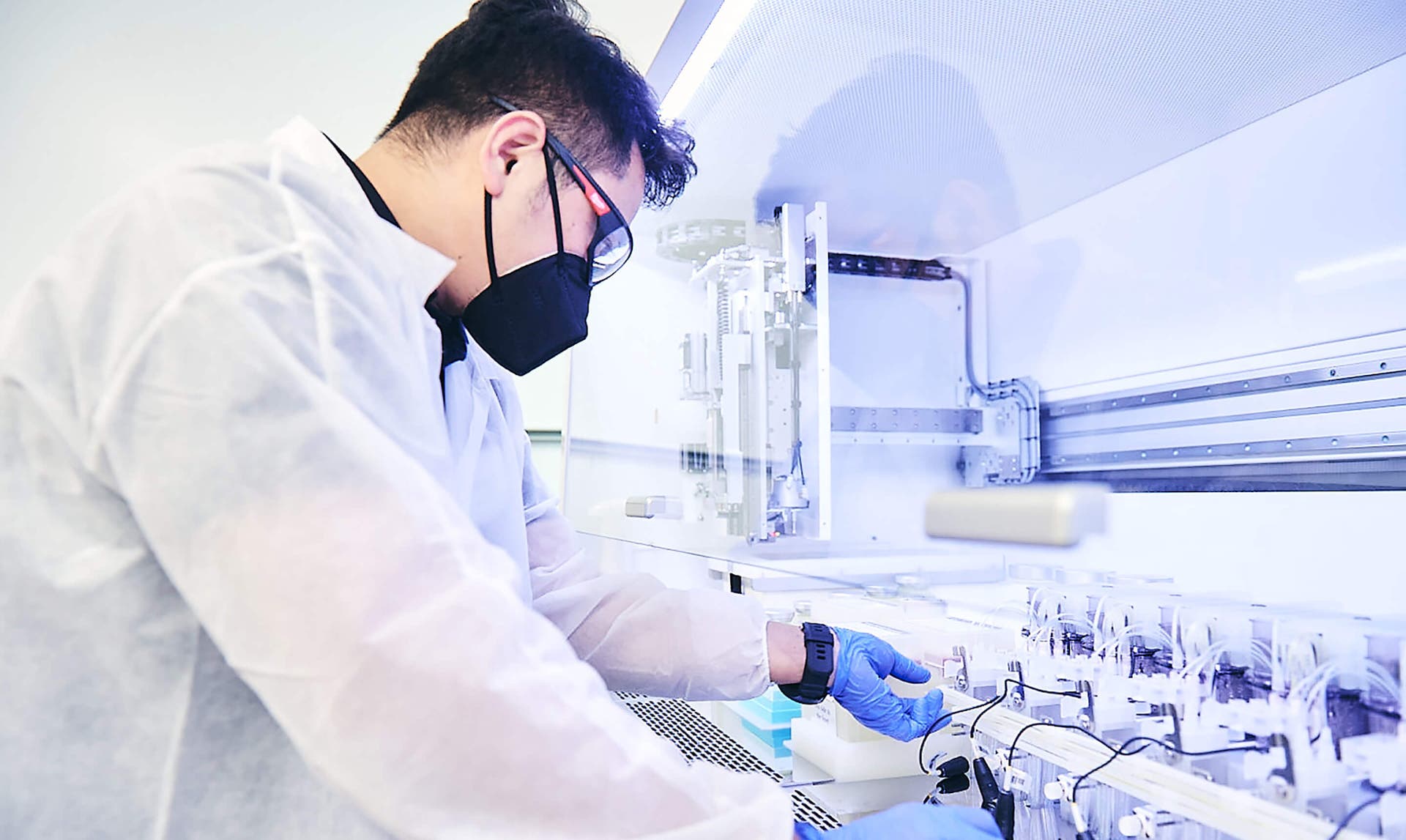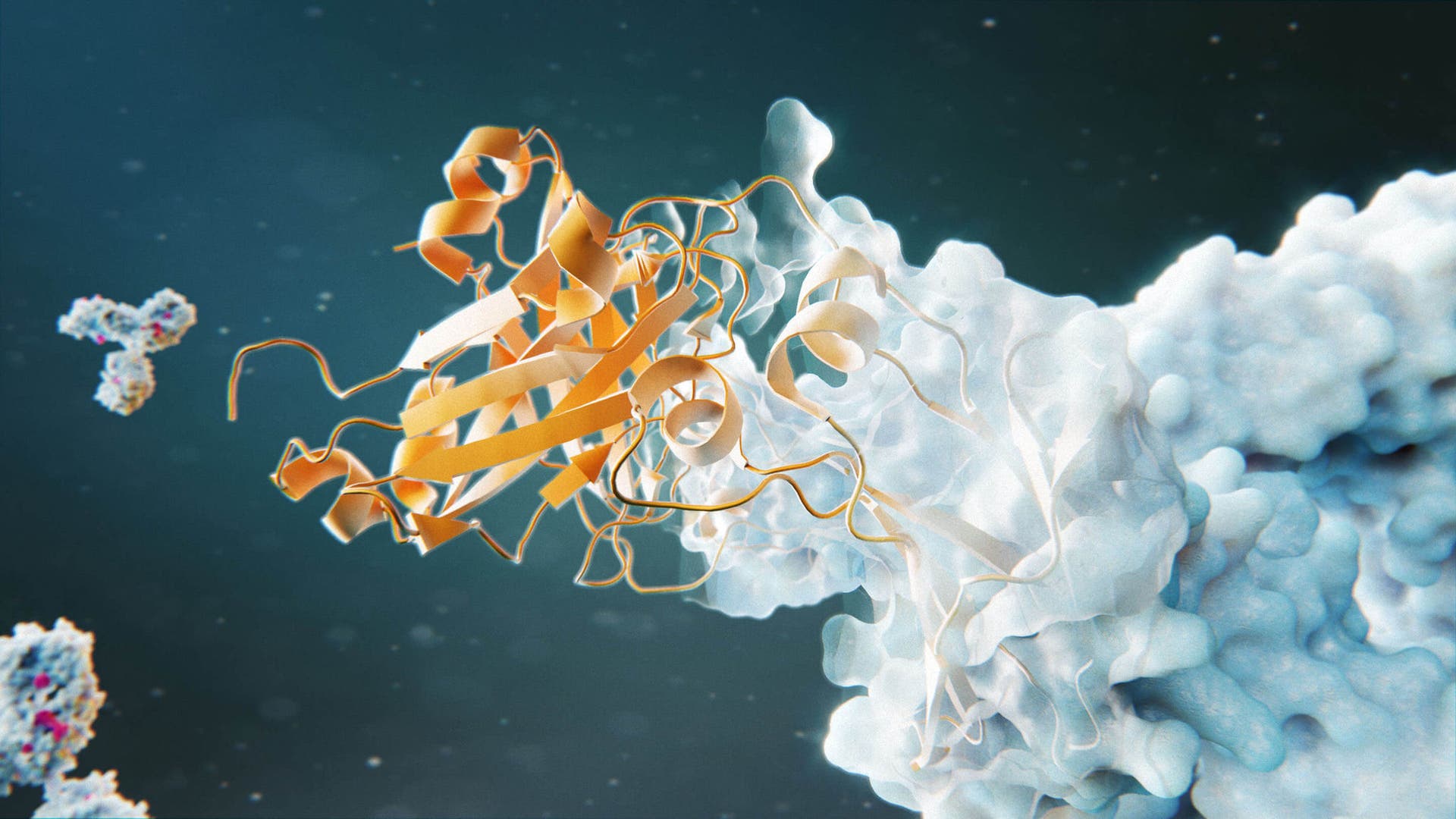This workflow enables direct correlation of pI shift to intact mass, allowing for mass spec identification of unknown charge heterogeneity profiles in minutes.
In this case, intact mass analysis on the Intabio ZT system indicated that the split peak observed during icIEF could be attributed to trisulfide bonds (via the +33 Da present in the Main Peak A shoulder) and/or free thiol groups or disulfide shuffling (via the +2 Da shift of Main peak B).
To support and confirm the icIEF-UV/MS identification, peptide mapping via LC-MS/MS was performed utilizing collision-induced dissociation (CID) and electron activated dissociation (EAD) on the ZenoTOF 7600 system.
CID fragmentation exhibited an unexpected presence of trisulfide linkage (~20%). However, with EAD, a two pair of dominant peptide fragments [(P1 and P1+32 Da) and (P2 and P2+ 32 Da)] provided confident trisulfide peptide confirmation. The EAD fragmentation patterns demonstrated distinctive linkage patterns which reduced false positives and improved data confidence.
This anomalous linkage could cause product stability issues, reducing its developability. Further analysis by non-reduced peptide mapping confirmed the thiol isoforms.






